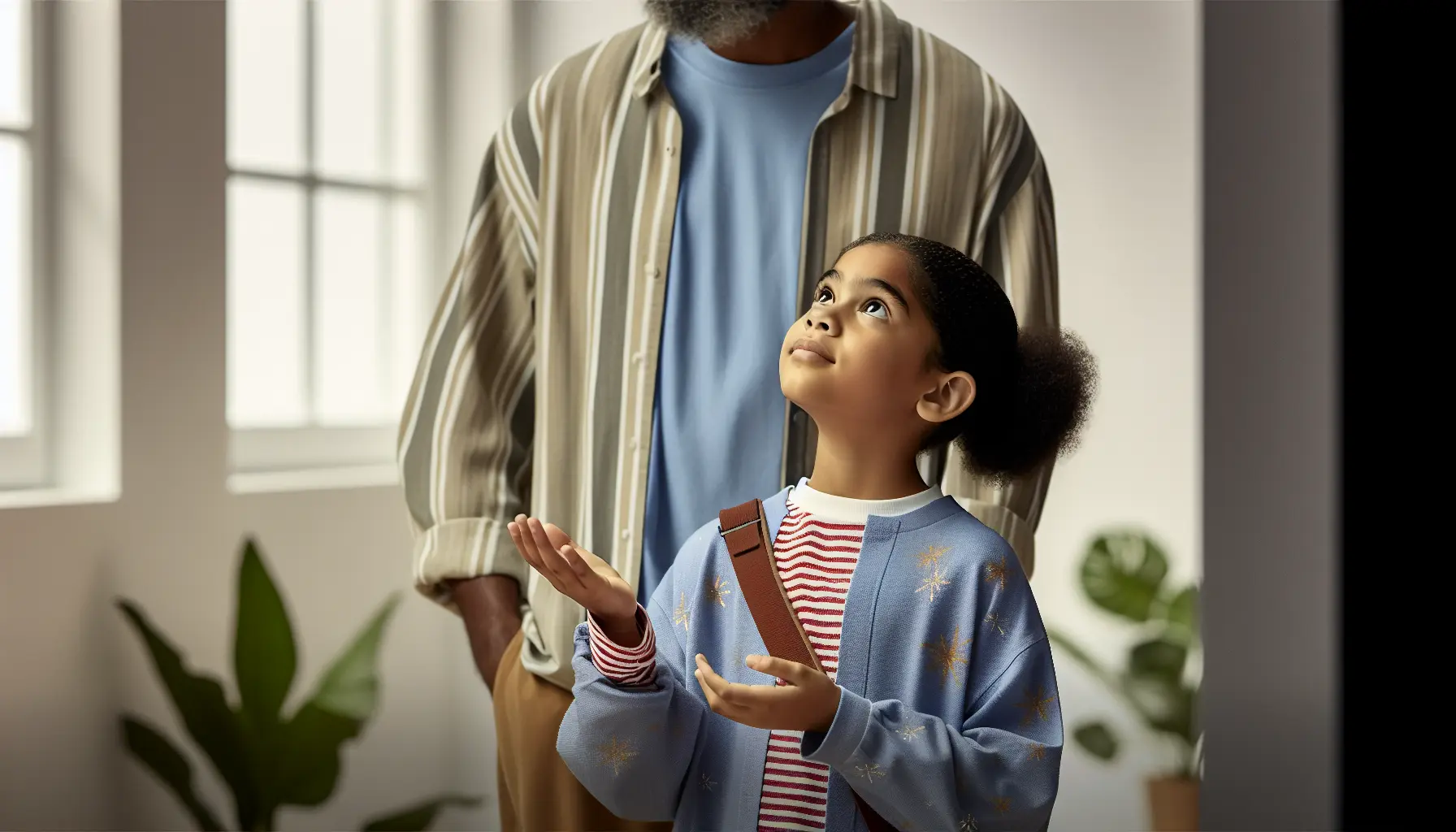
It might surprise you to learn that one of the best examples of natural branding and keyword use comes from the least likely source: a child asking for money. Strip away the business jargon and you’ll find that many of the principles used in successful marketing campaigns are already being practised in living rooms across the world—by children who know exactly how to win over their target audience: their parents or guardians.
Understanding the Target Audience
Every smart campaign starts with audience research. Children intuitively understand which parent or guardian is most likely to say yes—or who has the softest heart, the biggest wallet, or the most flexible rules. They tailor their approach accordingly. If Mum responds well to good behaviour, she gets the “I’ve been so helpful today” speech. If Dad is a numbers guy, he gets a breakdown of how much things cost and why it’s “a really good deal.”
This is the first lesson in branding: know your audience. You can’t sell to everyone. Know who you’re talking to, understand their motivations, and shape your messaging around what matters to them—not just what you want to say.
The Power of Keywords
Next, let’s look at language. Children may not know what a “keyword” is, but they know what words to use to open the door to a yes. Terms like “responsible,” “grown-up,” “earn,” “save,” and “just this once” are powerful triggers. They’re emotionally charged, familiar, and linked to adult values—just like good SEO keywords are tied to what your audience is actually searching for.
These words aren’t used randomly either. Children pick them based on past results—just like marketers learn from previous campaign data. And they repeat them. Often. Keyword consistency, just like in SEO and branding, builds familiarity and trust.
Personal Branding in Action
Children also create a temporary “brand” to support their campaign. This could be the “I’m mature now” persona or the “helpful angel” phase. The brand identity is expressed through actions—like doing chores unasked, being unusually polite, or suddenly showing interest in the parent’s day.
It’s not all that different from a business adopting a consistent brand tone, visuals, or mission statement to win over a customer base. They’re showing, not telling. The child doesn’t just say, “I’m responsible”—they perform it. This is crucial. In branding, perception is everything.
Strategic Timing
Any seasoned parent will tell you: timing is everything. A child knows not to ask for money when their parent is stressed, tired, or distracted. They wait until the mood is right, the atmosphere is calm, and their efforts are most likely to be received positively. That’s strategic launch timing—something every brand should consider when releasing new products, running a campaign, or announcing updates.
Persistence Pays Off
Finally, children are not afraid to repeat the message. Not in an annoying way (well, sometimes), but in a persistent, almost strategic loop. They understand that the first “no” might not mean “never”—it might just mean “not yet.” They follow up. They remind. They adapt. In marketing terms, they’re running a retargeting campaign.
The Takeaway
So, what does a child asking for money really teach us? That branding and keyword use aren’t exclusive to corporations or marketing agencies. The core principles—knowing your audience, using the right language, building a trustworthy image, choosing your timing, and staying consistent—are universal. Whether you’re running a full-scale brand campaign or just trying to boost visibility online, remember: if a child can craft a persuasive, emotionally resonant pitch without any formal training, so can you. All it takes is clarity, consistency, and a little bit of charm.
Diane